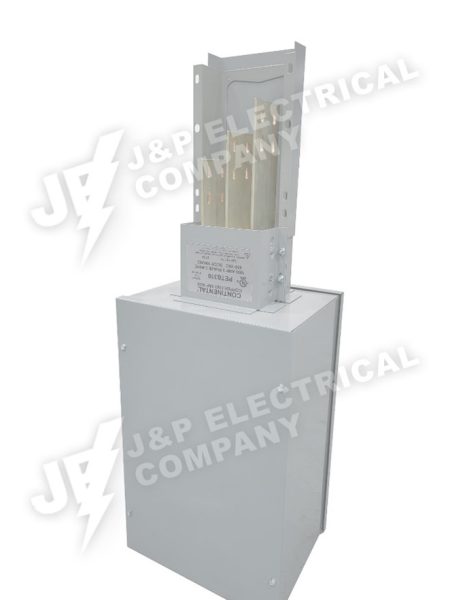With their remarkable adaptability, rodents have coexisted with humans for centuries, often to our dismay. These unwelcome guests find our homes inviting and the perfect habitat to thrive due to the abundant food, water, and shelter we unwittingly provide. Understanding mouse behavior, detecting their presence early, and adopting preventive measures are crucial in ensuring our homes remain rodent-free. Here’s a comprehensive guide on how to spot mouse activity, gain insight on their behavior, and implement effective strategies to keep them out.
Detecting Rodent Activity
Rodent signs are often subtle but unmistakable with closer inspection. Here are key indicators:
- Droppings: Rodent droppings are a clear sign of activity. Mouse droppings are small, dark, and pointed at the ends, while rat droppings are larger and banana-shaped.
- Gnaw Marks: Look for fresh gnaw marks on furniture, food packaging, and even wiring, which can indicate an active infestation.
- Nests: Rodents build nests from shredded paper, fabric, or dried plant matter. These are often hidden in secluded areas.
- Noises: Scratching sounds in the walls or attic at night are common signs of mice presence.
- Footprints and Tail Trails: You might notice rodent footprints or tail trails in dusty environments.
Why Rodents Are So Persistent
Rodents seek environments that satisfy their primary food, water, and shelter needs. Our homes inadvertently offer all these in abundance, making them irresistible to these creatures. Additionally, mice and rats have evolved to live near humans, benefiting from our resources while avoiding outdoor predators.
Mice, rats, and other rodents can easily enter through small openings to nest or search for food, and their rapid breeding can lead to quick infestations, with up to ten litters per year. These pests often seek food in homes and businesses, where they can also spread diseases by contaminating food sources with their droppings. They are particularly problematic in commercial settings like restaurants and apartment complexes, attracting further infestations through pheromones left behind. This makes areas previously infested more susceptible to future problems, emphasizing the importance of early detection and prevention.
Keeping Rodents Out
Keeping rodents out of your home involves a combination of cleanliness, home maintenance, and vigilance. Here are some effective strategies:
- Seal Entry Points: Conduct a thorough inspection of your home’s exterior. Seal any cracks, holes, or gaps in the foundation, walls, and around doors and windows with steel wool, caulk, or metal sheeting.
- Maintain Cleanliness: Reduce food sources by keeping your kitchen clean. Store food in sealed containers, dispose of garbage regularly, and clean crumbs and spills promptly.
- Eliminate Clutter: Rodents hide in cluttered areas. By keeping your home organized and clutter-free, you reduce hiding spots for rodents.
- Landscaping: Trim vegetation away from your home’s exterior to eliminate shelter for rodents. Consider using gravel or stone as a barrier around the foundation.
- Professional Help: If you suspect an infestation, it’s wise to seek professional pest control services, such as Northern Pest. We offer tailored solutions for effective eradication and control methods.
How Northern Pest Handles Rodent Control
At Northern Pest, we start by assessing the activity reported by homeowners and conducting a comprehensive inspection from the foundation to the roofline to spot entry points, nesting areas, and potential risks. We then provide an estimate for sealing these entry points to block future infestations. Our approach combines rodenticide bait stations with structural adjustments to stop invasions. Our discreet, secure bait stations and traps are designed to clear the infestation, and we recommend changes to your environment to keep rodents out. Our recurring control program offers continual protection for those seeking ongoing prevention, with regular checks, monitoring, and bait station maintenance.
Maintain a Rodent-Free Environment!
Detecting rodent activity early and understanding why our homes appeal to them are the first steps in keeping them at bay. By adopting preventive measures and maintaining vigilance, we can protect our homes from the dangers and nuisances of rodents. Remember, the key to rodent control is not just to react to their presence but to proactively create an environment that is unwelcoming to them in the first place.
For prompt inspection and removal of wildlife pests, contact us today!
____________
Northern Pest: Our family serving yours! We are licensed and insured to provide insect and wildlife pest control. Our crew has the expertise to track wildlife entry points and remove pests of all kinds, including our licensed builders, who can make any of the necessary repairs caused by wildlife. Northern Pest is a member of the MDAT and the NWCOA. We are certified by the IICRC to offer professional mold mitigation services caused by animal damage. At Northern Pest, we do it all!
Written by the digital marketing team at Creative Programs & Systems: www.cpsmi.com









